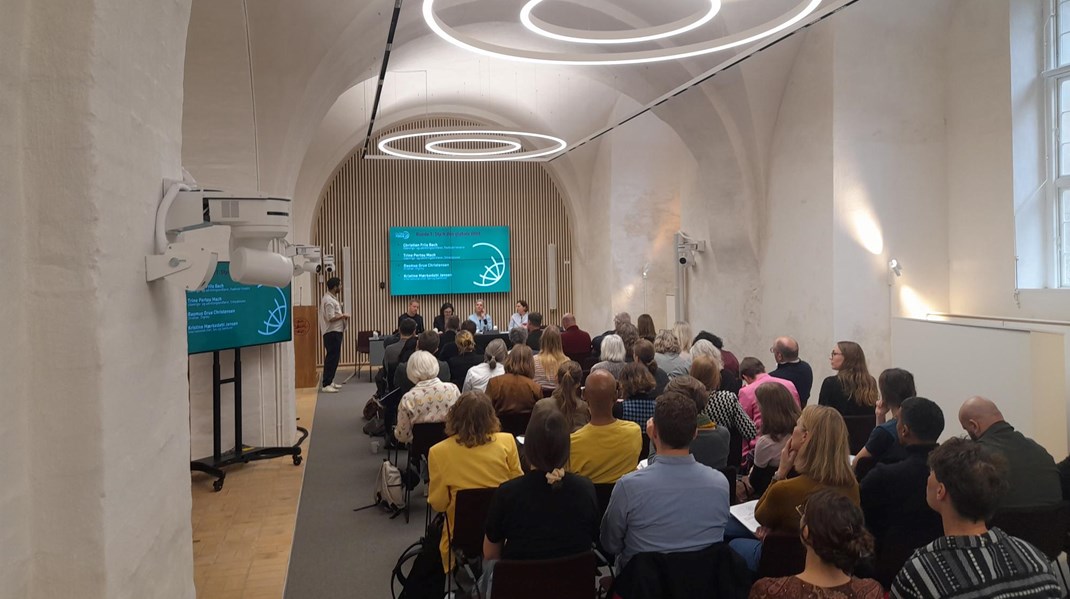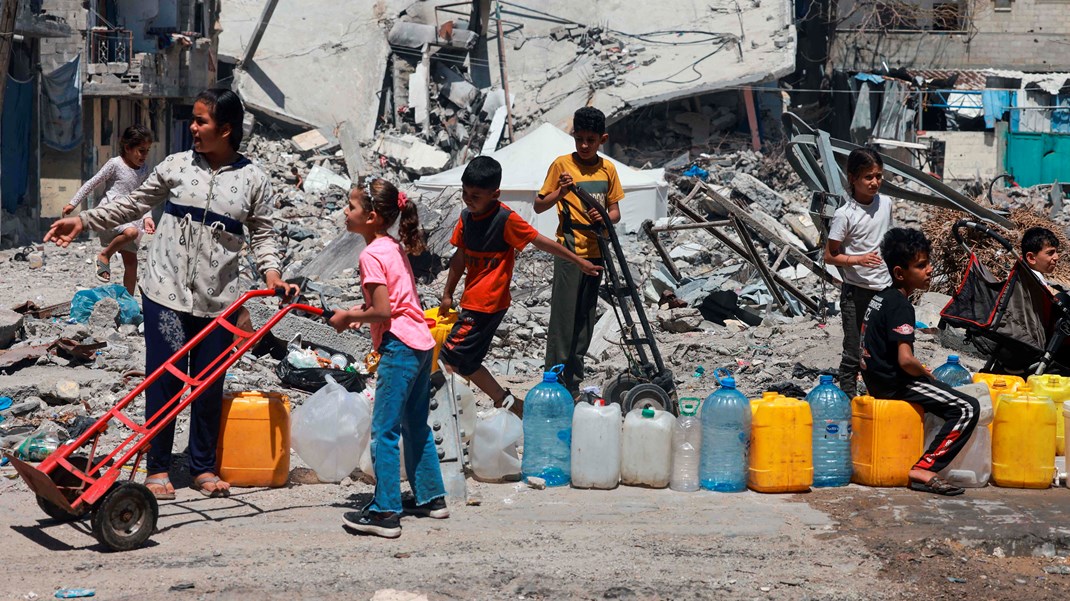Where is the money? Donor funding priorities shift in eastern Africa
Mutahi, P. and Ruteere, M.
IDS Evidence Report 217
Publisher IDS
Download this publication (822KB)
In 2014, Kenya and Uganda were two of the top three recipients of official development assistance in Africa. The funding focused on education, health care, infrastructure, entrepreneurship development, HIV/AIDS treatment, conflict prevention and relief from natural crises such as droughts, famines or earthquakes.
Such a mixed bag of funding priorities points to the variegated nature of the development agenda of both the funding actors and the recipient countries. This broad scope, however, obscures the recent shifts and developments with regard to the major challenge of violence and conflict facing the region, and the growing importance of this field for donors and national governments.
The Eastern Africa region in general currently faces security and violence challenges linked to terrorism, internal armed conflicts and resources-based conflicts, as well as insecurity linked to everyday crime. These forms of insecurity and violence are seen both by the states of the region and by Western donor states as a threat to state stability as well as the region’s development ambitions. Violence reduction is therefore a shared goal both within Eastern Africa and among these Western donor nations.
This study seeks to critically examine the shifts and trends in current donor funding in Kenya, Uganda, Ethiopia, Somalia and South Sudan aimed at reducing violence and conflict. It analyses key issues being funded as well as trends in donor funding.


